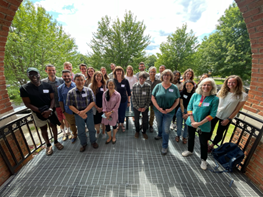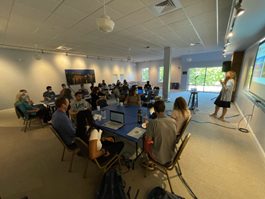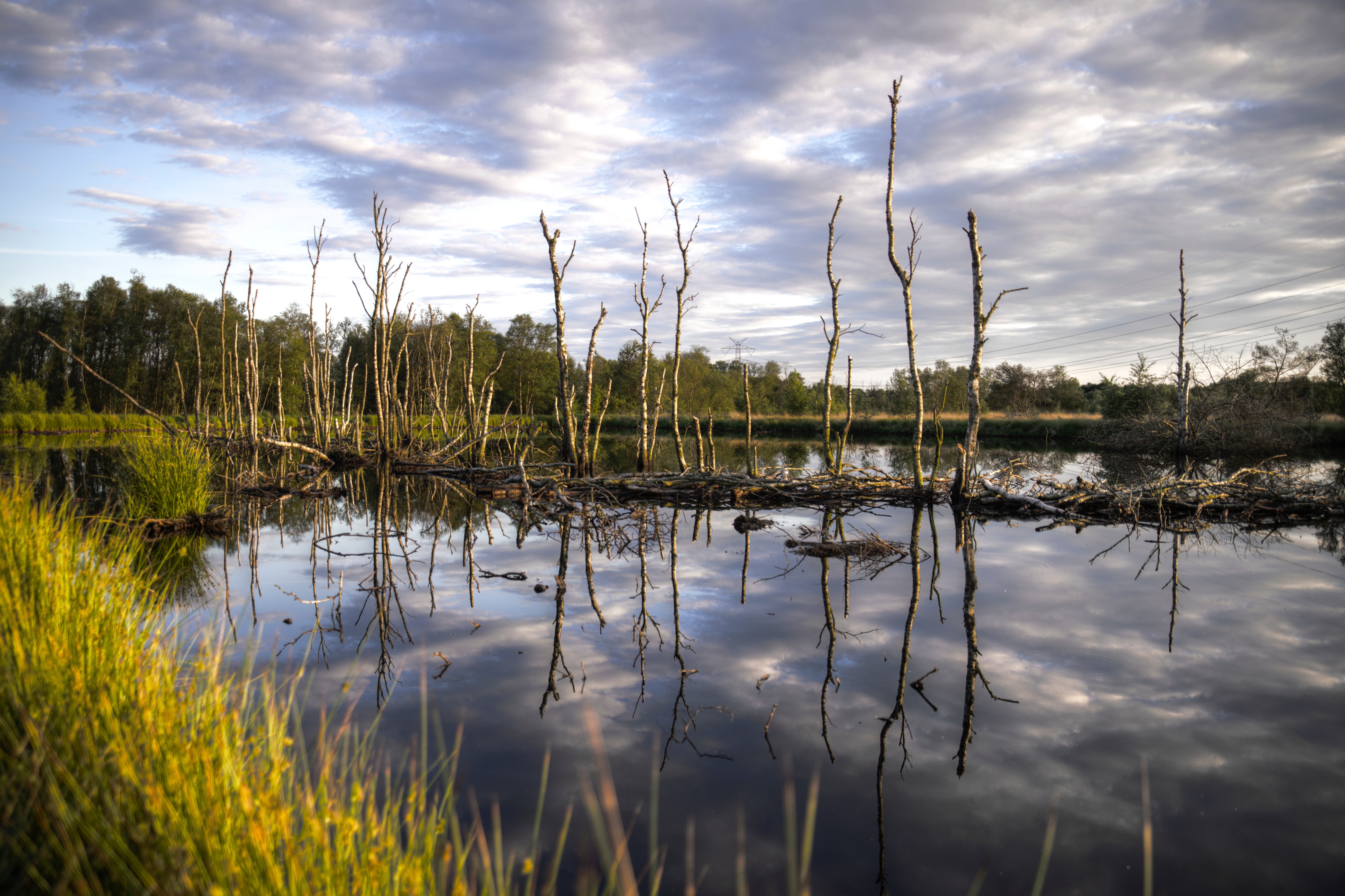
As we start the next academic year, and year 3 of the Big Data Cluster’s work, our foundational efforts since the start of the pandemic have provided a firm footing for our continuing efforts to develop useful and reliable data collections, apply machine learning to complex data and process observations to further our own research on disturbances in the Critical Zone, raise awareness about Critical Zone science itself, and to work with teachers to develop place-based Critical Zone research modules.

As part of those efforts we held our in-person, three day, Big Data Cluster all-hands meeting in June where 30+ cluster members from across the country came together in Burlington, Vermont. Through presentations, discussions, and aspirational ideating, we engaged in synthesis of findings thus far and charting future work for the members. We also build connections after about 18 months of remote work through presentations, discussions, and aspirational ideating.
On day 3 of this meeting, a number of cluster members including data scientists, modelers and field specialists visited one of the Big Data Cluster’s main field sites, the USGS Sleepers River Research Watershed in Vermont. This site has a lot of existing data and instrumentation and we just installed new subsurface sensors collecting data that we use for research on data cleaning, process tracking and modeling.

 Big Data
Big Data